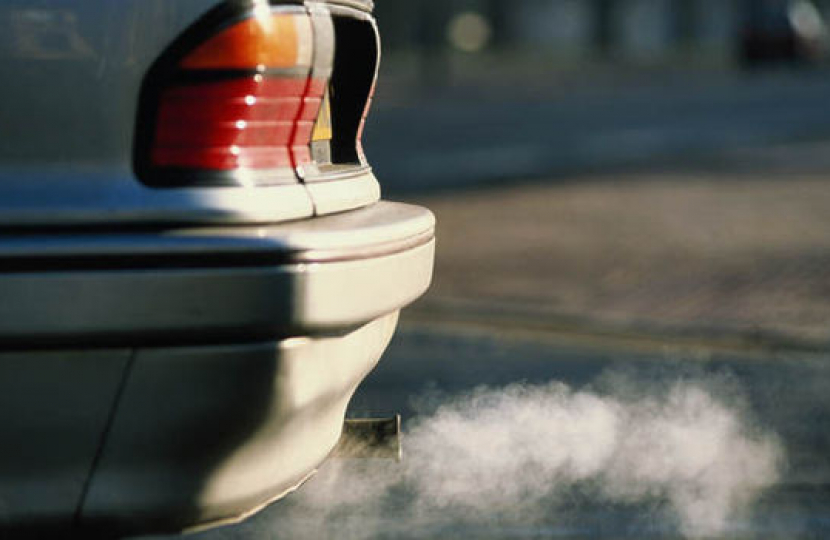
Air pollution is the biggest single environmental threat to public health and Ministers are continuing to take robust action to improve air quality and minimise public health impacts. Air pollution has reduced significantly since 2010: emissions of nitrogen dioxide have fallen by 44 per cent, sulphur emissions have fallen by 70 per cent and fine particulate matter (PM2.5) emissions have fallen by 18 per cent.
Following the tragic death of Ella Adoo-Kissi-Debrah, I know that Ministers set out key actions to improve air quality in the short and long term, protect vulnerable groups and effectively communicate information to the public. I would like to assure you that the Government takes its air quality obligations extremely seriously and Ministers are taking significant action to deliver the commitments set out in its response to the Prevention of Future Deaths report.
Through the Environment Act 2021, the Government is continuing to improve air quality with a target to have an annual mean concentration target for PM2.5 levels at 10 µg per m3 or below by 2040, as well as a target to reduce population exposure to PM2.5 by 35 per cent by 2040 (compared to 2018). I understand that the Department for Environment, Food and Rural Affairs believes that these levels cannot be achieved by 2030 but can by 2040.
Further, Ministers have placed a duty on local authorities to keep air pollution within legal limits and expect them to take action. The Government provided £883m of dedicated funding to help local authorities develop and implement local nitrogen dioxide air quality plans and support those affected by these plans. In addition, the Air Quality Grant helps councils to develop and implement measures to benefit schools, businesses and communities and reduce the impact of air pollution on people’s health.
Through the Environmental Improvement Plan 2023, the Government will challenge local authorities to improve air quality quicker by assessing their performance and use of existing powers, while supporting them with clear guidance, funding and tools. Ministers will facilitate the rollout of further Clean Air Zones by local councils in areas which are in breach of air quality statutory limits, with further zones and other non-clean air zone measures as required.
In addition to the measures provided in the Environment Act 2021 and the Clean Air Strategy, I am aware that Defra recently published Phase 1 of the National Bundle of Care for Children and Young People with Asthma. This sets out interventions to help children, young people, families and carers to control and reduce the risk of asthma attacks and to prevent avoidable harm. Defra has also established a steering group with the Department for Health and Social Care and UKHSA to undertake a comprehensive review of how air quality information is communicated to ensure members of the public, and vulnerable groups in particular, have what they need protect themselves and understand their impact on air quality.

